Rail modernizations civilize Spring Festival travel rush
Updated: 2015-02-21 13:24
(Xinhua)
|
|||||||||
Transportation in mountainous Chongqing and Sichuan Province has always been difficult. In the 1980s, it took over two days to reach Beijing from Chongqing and Chengdu, the provincial capital of Sichuan. The area is one of the biggest sources of migrant labor in China, meaning high pressure during every festival travel rush.
Electricity multiple unit (EMU) trains briefly linked Sichuan and Beijing in 2011. The journey at about 200 km per hour took about 15 hours. But the services were canceled after the notorious railway accident in August 2011 that killed 40 people in east China's Zhejiang Province.
It was only on Jan. 1 that high-speed came to the area, reducing journey times from Chongqing and Chengdu to Beijing to about 12 hours. The trip by normal train takes about 25 hours.
There are no standing-room-only tickets on high-speed trains, so their interiors are much calmer and less congested. Staff collect waste every two hours. Lavatories are disabled-friendly. There is enough space for passengers to stretch out in their seats. For Huang Jianmei, it is all a far cry from Spring Festival homecomings in the past.
Huang settled in Beijing in 2004. This was the first time that she had returned home to Chongqing with her husband for Spring Festival. The 29-year-old recalled that in her second year in China's capital, the only ticket she could get was for one of the extra services added by railway authorities during peak demand. These tended to be served by older rolling stock. Their green paint became a symbol of an outdated and slow railway.
That trip took Huang over 40 hours and is an experience she never wants to repeat.
"There were much too many people in the carriage. Some passengers had to board through windows. It would take an hour to walk from one end of the carriage to the other. And forget about using the lavatory! There were passengers inside!" Huang said, leaning against her husband, who was watching a movie on a tablet computer.
"It was never a decent journey in the past. It was like transporting livestock!" said Yan Wenjian, another passenger on G309. It was also the first time that the 35-year-old was getting to go back home with his wife from north China.
His strongest memory of Spring Festival train travel is a 32-hour ordeal in the year 2000. Passengers crammed into every available space: along the corridors, under seats, in lavatories. He set off walking to the lavatory half an hour in advance of needing to go each time. His limbs became numb because there was no room to stretch, he recalled.
What did Mr. Yang think of his journey? He said he missed the camaraderie-in-adversity that developed among passengers on the old-fashioned trips. "This is not like the travel rush. I'm not used to it."
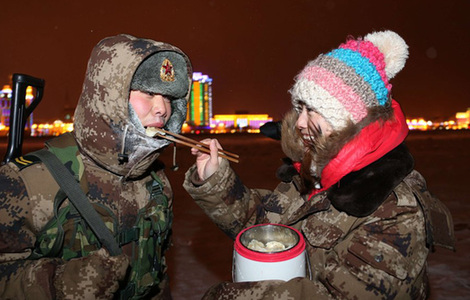
 Couple sentries guard China's northern border during traditional holiday
Couple sentries guard China's northern border during traditional holiday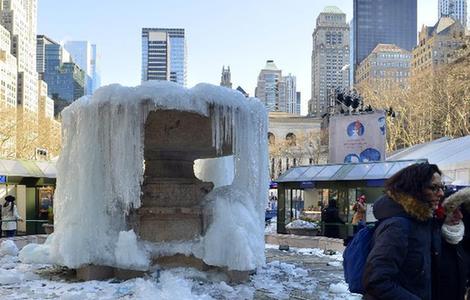
 Another winter storm to pummel eastern United States
Another winter storm to pummel eastern United States
 2015 Film Independent Spirit Awards
2015 Film Independent Spirit Awards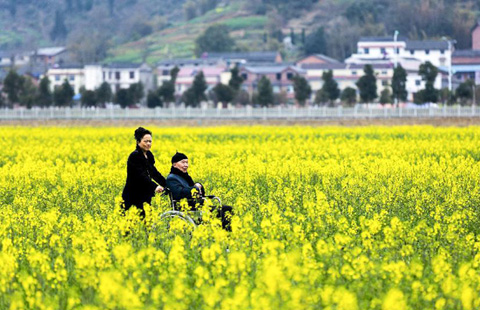
 Beautiful sceneries of early spring flowers around China
Beautiful sceneries of early spring flowers around China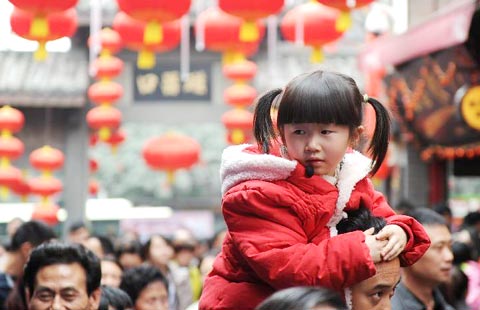
 City receives 90,000 tourists during Spring Festival
City receives 90,000 tourists during Spring Festival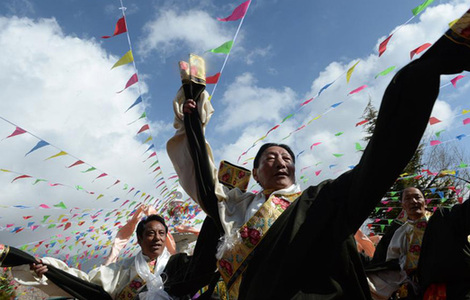
 Tibetans rejoice at twin New Year celebration
Tibetans rejoice at twin New Year celebration
 Across America over the week (from Feb 13 to 19)
Across America over the week (from Feb 13 to 19)
 Niagara Falls: masterpiece of winter god
Niagara Falls: masterpiece of winter god
Most Viewed
Editor's Picks

|

|

|

|

|

|
Today's Top News
China's foreign minister to preside at UN debate
Climate pact offers platform for improving US, China relations
Four Chinese among top 100 for Mars One project
Ali, Liston gloves, Shoeless Joe photo fetch $1.1M in NYC
China 'unhappy' on Modi's visit to disputed territory
Experts upbeat on China-US co-op
China issues snow storm warnings
Hack gave US and British spies access to billions of phones
US Weekly

|

|








